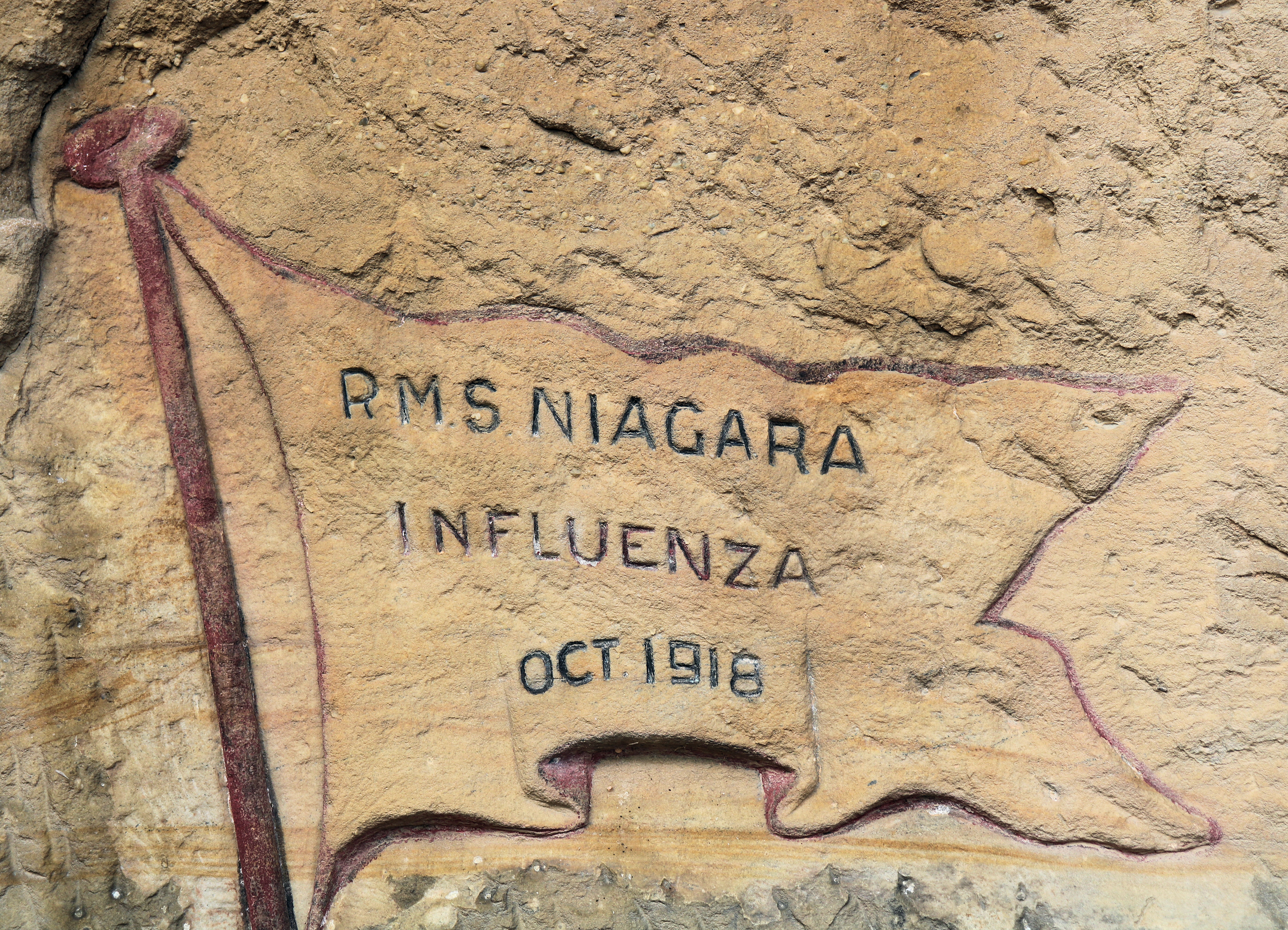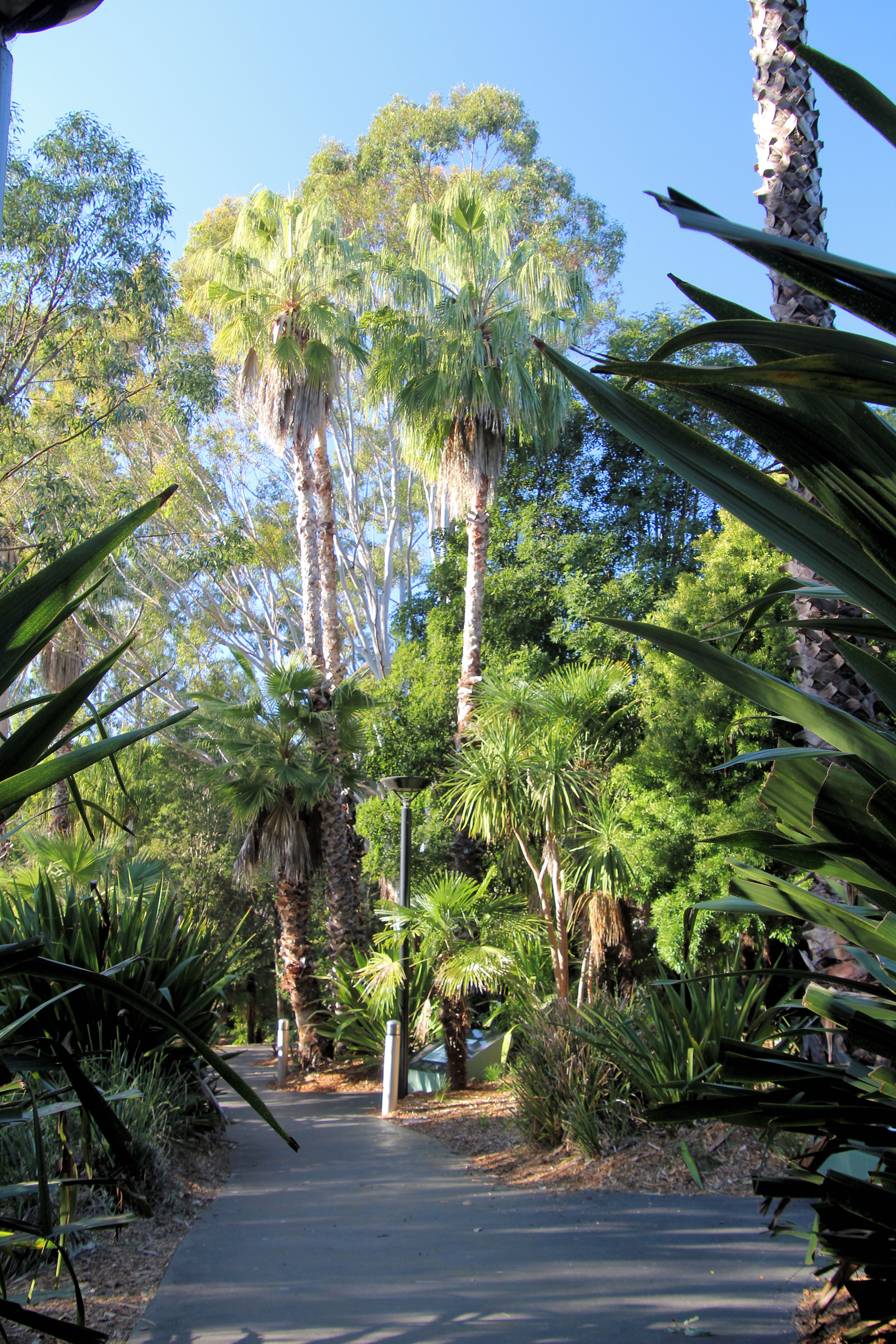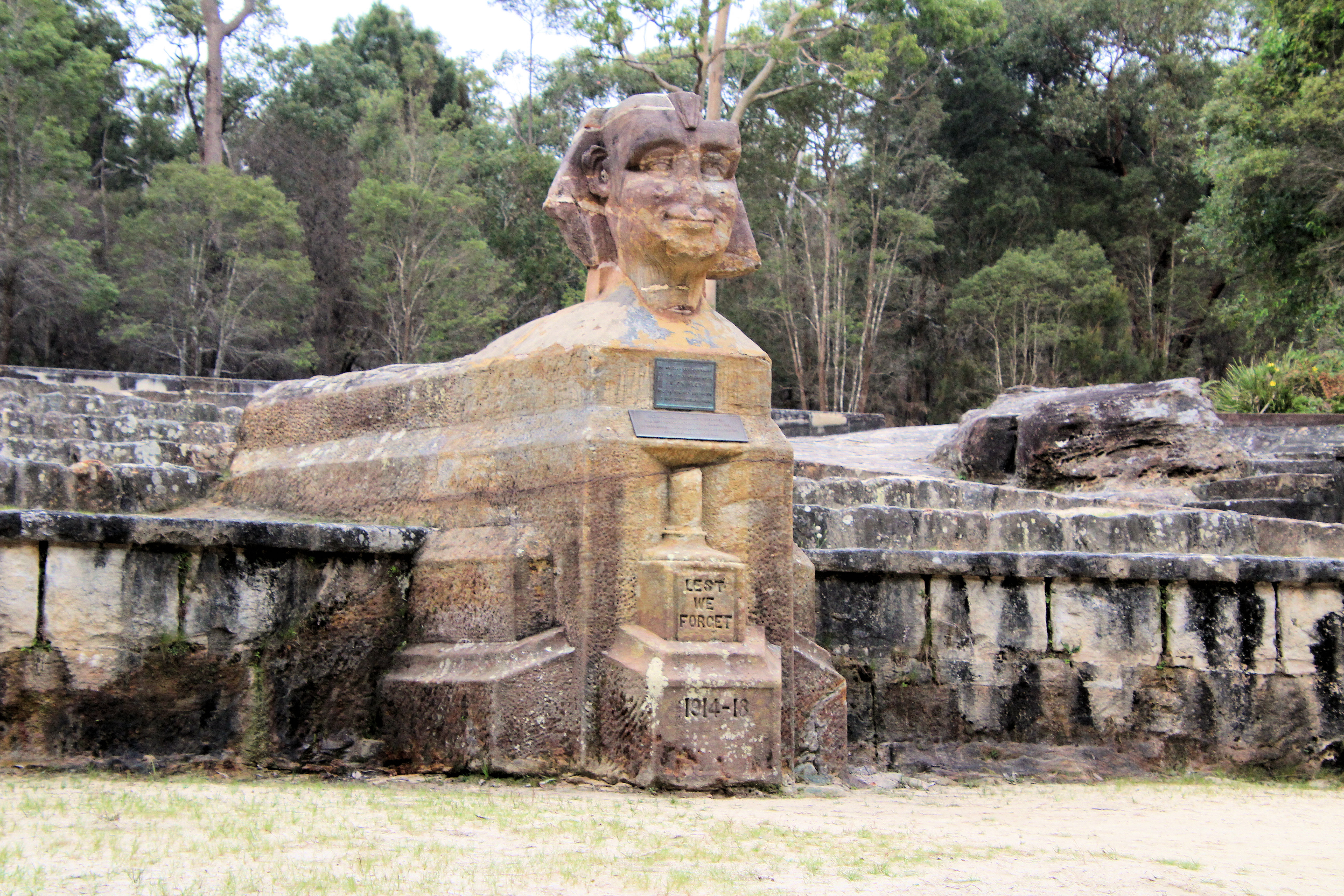Tag: Sydney
-
North Head Quarantine Station Sydney

North Head Quarantine Station An important part of Sydney’s past, North Head Quarantine Station once protected the city from disease by acting as the quarantine station from early in the colonies founding until 1984. Although now disused, and renamed Q Station, it contains accommodation and a restaurant, while preserving the historical significance of the area.… Read more
-
Kokoda Track Memorial Walk Rhodes

Kokoda Track Memorial Walk Rhodes Set in lovely gardens on the banks of the Parramatta River, the Kokoda Track Memorial Walk is a great tribute to this important part of the defence of Australia in World War 2. With ample parking and Rhodes Station under a 10 minute walk away it is very easy to… Read more
-
Sphinx Memorial Ku-ring-gai Chase National Park

Sphinx Memorial Ku-ring-gai Chase National Park Located near the North Turramurra Gate and the Lady Davidson Private Hospital, the Sphinx Memorial commemorates the fallen soldiers of World War One. Restored and rededicated in 1995, the memorial now has had a new lease of life. Made from local sandstone by 5756 Private W. T. Shirley as… Read more